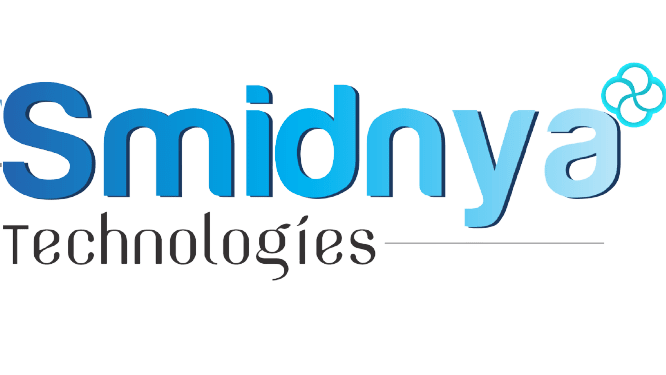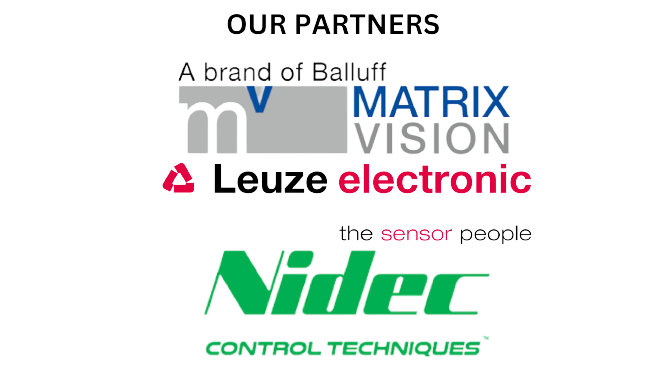How are track and trace solutions used in the logistics industry?
Track and trace solutions are extensively used in the logistics industry to provide real-time visibility, tracking, and tracing of shipments, parcels, or packages as they move through the supply chain. Here's an overview of how track and trace solutions are typically used in the logistics industry:
Shipment tracking: Track and trace solutions allow logistics providers to track and trace shipments in real-time, providing information on the location, status, and estimated time of arrival (ETA) of each shipment. This helps logistics providers and their customers to have visibility into the movement of goods throughout the supply chain, ensuring timely deliveries and proactive exception management.
Package tracking: Track and trace solutions enable the tracking and tracing of individual packages or parcels within a shipment, providing detailed information on each package's whereabouts, condition, and delivery status. This helps logistics providers and their customers to accurately locate and manage individual packages, and provide end-to-end visibility to the recipients.
Carrier tracking: Track and trace solutions allow logistics providers to track and trace the performance and movements of their carriers, such as trucks, ships, or airplanes. This includes monitoring the location, speed, route, and other relevant data of the carriers, ensuring efficient logistics operations and compliance with service level agreements (SLAs).
Proof of delivery (POD): Track and trace solutions capture and store electronic proof of delivery (POD) data, such as digital signatures, photos, or timestamps, providing verifiable evidence that a shipment has been delivered to the intended recipient. This helps logistics providers and their customers to validate deliveries, resolve disputes, and streamline billing processes.
Inventory management: Track and trace solutions provide real-time visibility into the movement of inventory within warehouses, distribution centers, or fulfillment centers. This allows logistics providers to track the inventory levels, location, and status of goods in real-time, facilitating efficient inventory management, order fulfillment, and replenishment processes.
Route optimization: Track and trace solutions can be used to optimize shipment routes based on real-time data, such as traffic conditions, weather, or transportation costs. This helps logistics providers to plan and optimize delivery routes, reduce transportation costs, and improve delivery efficiency.
Regulatory compliance: Track and trace solutions help logistics providers comply with regulatory requirements related to shipment tracking, tracing, and reporting. This includes regulations such as customs clearance, trade compliance, and other industry-specific regulations, ensuring compliance and minimizing the risk of penalties or delays.
Customer experience: Track and trace solutions provide customers with real-time visibility into the status and location of their shipments, enhancing the overall customer experience. Customers can track their shipments, receive delivery notifications, and manage exceptions, improving customer satisfaction and loyalty.
Analytics and reporting: Track and trace solutions in logistics provide reporting and analytics capabilities, allowing logistics providers to gain insights from the captured data, such as delivery performance, transit times, and exception management. This helps logistics providers to identify areas for improvement, optimize operations, and make data-driven decisions.
Overall, track and trace solutions in the logistics industry are used for shipment tracking, package tracking, carrier tracking, proof of delivery (POD), inventory management, route optimization, regulatory compliance, customer experience, and analytics and reporting, to enable real-time visibility, traceability, and control of shipments and parcels throughout the logistics supply chain.

